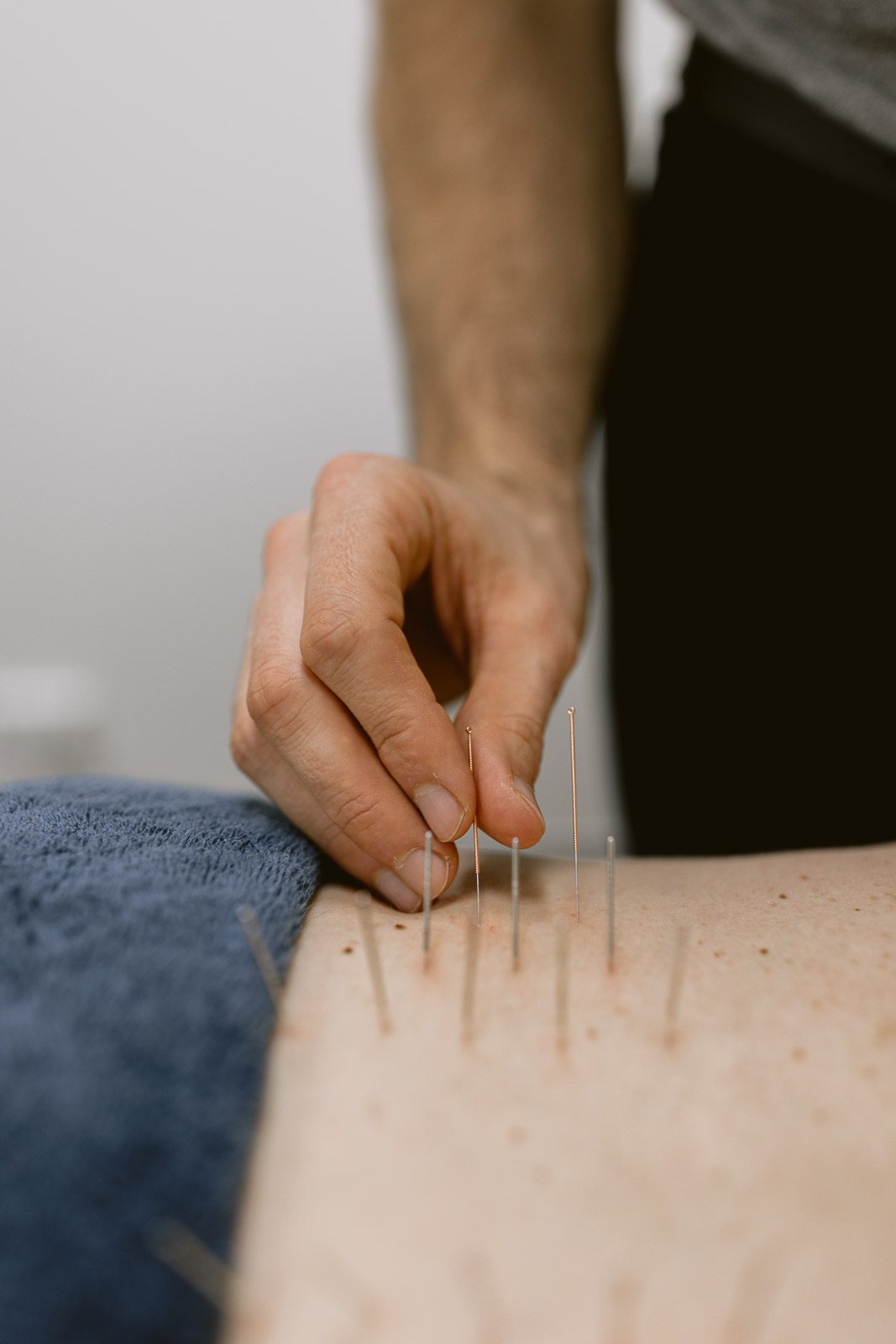Cervicogenic headaches are a type of headache that originates from the cervical spine, which is the upper part of the spine located in the neck region. These headaches are characterized by pain that is perceived in the head, but is actually referred from structures in the neck. Typically, cervicogenic headaches arise due to abnormalities or dysfunction in the cervical vertebrae, muscles, nerves, or other structures in the neck. Common causes include poor posture, neck injuries, cervical spine disorders (such as arthritis or herniated discs), muscle tension, or repetitive strain injuries. Chiropractic treatment may help manage headaches.
The pain from cervicogenic headaches is often described as a dull, aching pain that starts in the neck and radiates upwards to the back of the head, temples, forehead, or behind the eyes. It may be unilateral (affecting one side of the head) or bilateral (affecting both sides). Certain movements or positions of the neck may worsen the pain.
Chiropractic treatment for headaches typically involves addressing the underlying cause, such as physical therapy to improve posture and strengthen neck muscles, chiropractic care, massage therapy, medications to manage pain and inflammation, nerve blocks, or in some cases, surgery. It’s essential for individuals experiencing cervicogenic headaches to seek proper medical evaluation and diagnosis to determine the best course of treatment.

Treatment for Headaches
Chiropractic treatment for headaches can be one approach for managing cervicogenic headaches, especially when the underlying cause is related to issues in the cervical spine or surrounding musculature. Chiropractors are trained to diagnose and treat musculoskeletal conditions, including those affecting the neck and head.
Chiropractic treatment for cervicogenic headaches may include:
- Spinal Manipulation (Adjustment): Chiropractors use hands-on techniques to adjust the cervical spine, aiming to restore proper alignment and function. Adjustments may help alleviate joint dysfunction, reduce muscle tension, and improve nerve function, potentially reducing headache frequency and intensity.
- Soft Tissue Therapy: Chiropractors may use various soft tissue techniques such as massage, myofascial release, or trigger point therapy to address muscle tightness, tension, and trigger points in the neck and surrounding areas. These techniques can help relax muscles and reduce pain.
- Posture and Ergonomic Advice: Chiropractors may provide guidance on improving posture, ergonomics, and lifestyle factors that may contribute to cervicogenic headaches. This can include recommendations for proper workstation setup, sleeping positions, and exercises to strengthen the neck and upper back muscles.
- Exercise and Rehabilitation: Chiropractors may prescribe specific exercises and stretches to improve cervical spine mobility, strength, and stability. These exercises can help address underlying imbalances or weaknesses contributing to cervicogenic headaches.
- Lifestyle Modifications: Chiropractors may offer advice on lifestyle modifications, such as stress management techniques, dietary recommendations, and hydration, which can impact headache frequency and severity.
It’s important to note that while many people find relief from cervicogenic headaches through chiropractic care, the effectiveness of treatment can vary depending on individual factors such as the underlying cause of the headaches, overall health status, and response to treatment. Additionally, chiropractic treatment is often used as part of a multidisciplinary approach, and individuals with cervicogenic headaches may benefit from working with a healthcare team that may include chiropractors, physiotherapists, pain specialists, and others to address all aspects of their condition.
Causes of Cervicogenic Headaches
Cervicogenic headaches can be caused by various factors related to dysfunction or abnormalities in the cervical spine (neck region) and surrounding structures. Some common causes include:
- Poor Posture: Prolonged periods of poor posture, such as slouching or hunching over, can place strain on the muscles and joints of the neck, leading to tension and discomfort that may contribute to cervicogenic headaches.
- Neck Injuries: Trauma or injury to the neck, such as whiplash from a car accident, a fall, or sports-related injuries, can result in cervical spine dysfunction, muscle strain, and nerve irritation, all of which may trigger cervicogenic headaches.
- Cervical Spine Disorders: Conditions affecting the cervical spine, such as arthritis, degenerative disc disease, cervical spondylosis, or herniated discs, can cause structural changes, inflammation, and nerve compression that may lead to cervicogenic headaches.
- Muscle Tension and Trigger Points: Chronic muscle tension in the neck and shoulders, often due to stress, poor posture, or overuse, can result in the development of trigger points (localized areas of muscle tightness and tenderness) that refer pain to the head, contributing to cervicogenic headaches.
- Nerve Irritation: Irritation or compression of nerves in the cervical spine, such as the occipital nerves or upper cervical nerves, can result in referred pain that is perceived as a headache.
- Repetitive Strain Injuries: Activities or occupations that involve repetitive motions or prolonged periods of sitting, such as computer work or assembly line work, can strain the muscles and structures of the neck, increasing the risk of cervicogenic headaches.
- Emotional Stress: Psychological factors such as stress, anxiety, or depression can exacerbate muscle tension and contribute to cervicogenic headaches.
- Sleeping Position: Sleeping in an awkward or unsupported position can strain the neck muscles and lead to stiffness and discomfort that may trigger cervicogenic headaches.
- Joint Dysfunction: Dysfunction or misalignment of the cervical vertebrae, such as subluxations (partial dislocations), can affect the normal movement and function of the spine, potentially leading to cervicogenic headaches.
It’s important to note that cervicogenic headaches are often multifactorial, meaning that they can result from a combination of these factors rather than a single cause. Proper diagnosis and treatment by a healthcare professional are essential for identifying the underlying factors contributing to cervicogenic headaches and developing an effective management plan.




